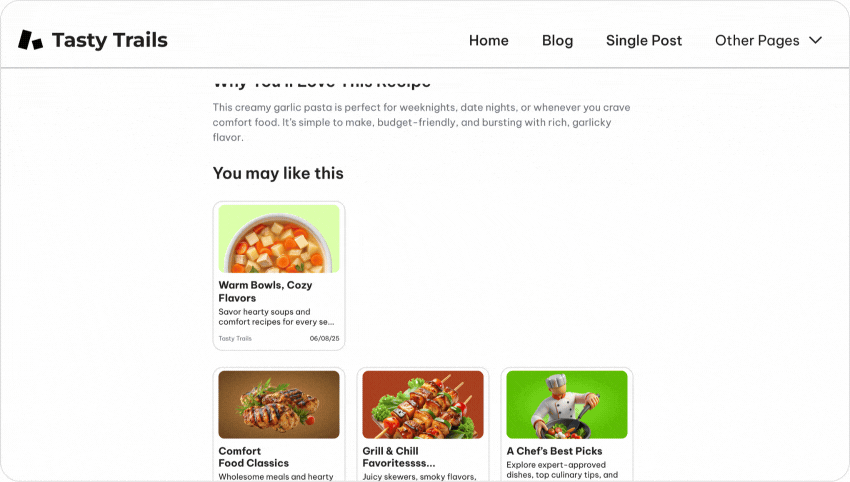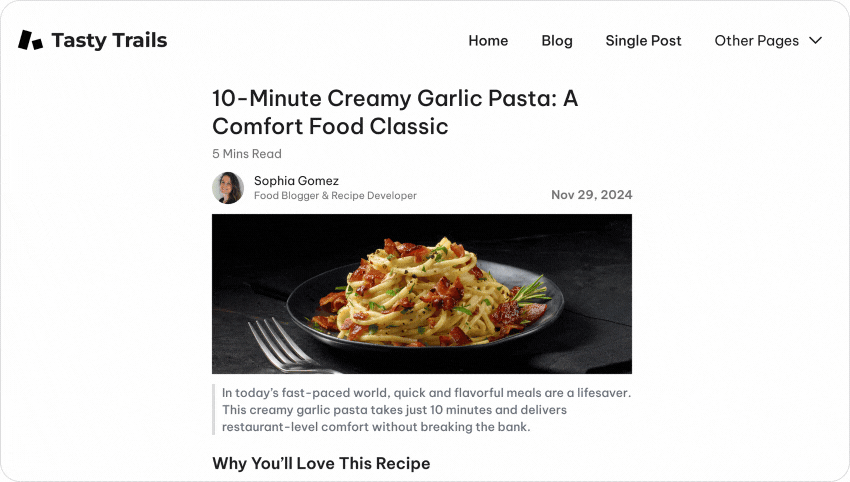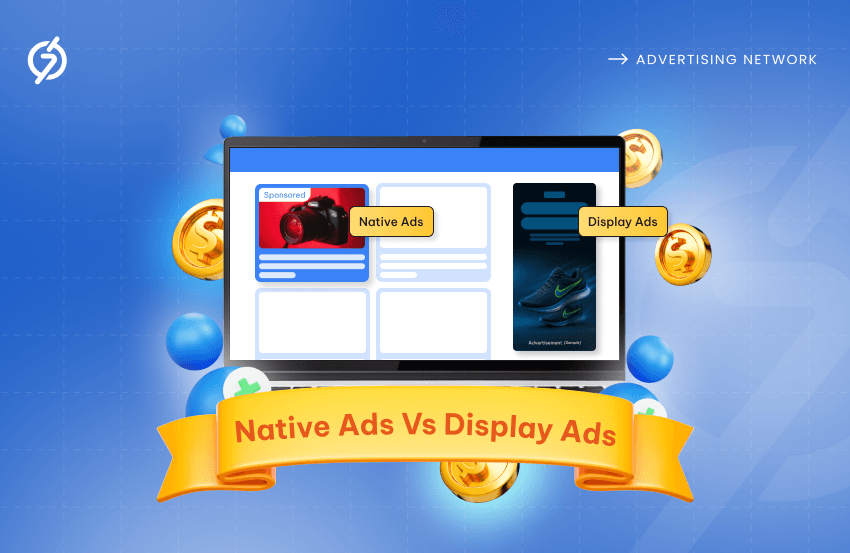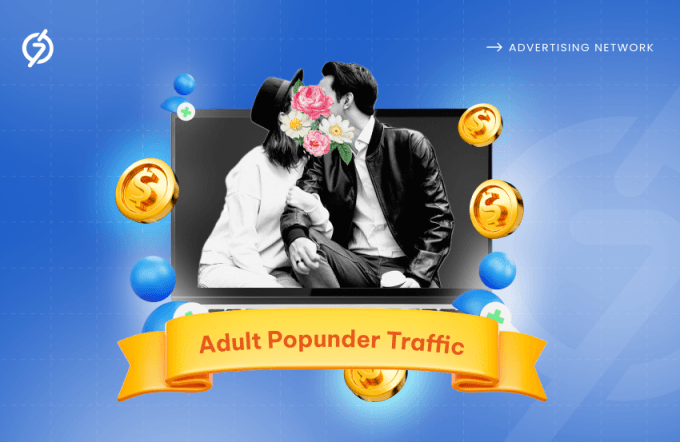Advertisers are quickly realizing that the advertising landscape has transformed beyond their wildest expectations. What was once simple banners and pop-ups has now evolved into highly integrated, immersive experiences. Publishers, too, are seeing their roles shift in ways they never anticipated, as the demand for smarter, more engaging ad formats grows.
One of the driving forces behind this revolution? Native ads and display ads. These ad formats have completely reshaped how brands connect with their audiences. This evolution isn’t just about new formats; it’s about a complete shift in how both advertisers and publishers approach digital marketing.
However, deciding between native ads vs display ads can be challenging for advertisers and publishers. In this blog, we’ll help you compare both options, highlighting their unique benefits to make it easier for you to choose the best fit for your goals.
Understanding Native Ads: Ads That Don’t Interrupt, But Engage

Before delving into the differences between native ads vs display ads, let’s first clarify what each of these is. Native ads are advertisements crafted to blend seamlessly with the visual style, structure, and function of the surrounding content, resulting in a less intrusive and more integrated user experience. They mimic the appearance and feel of the natural content around them.
Maximize Your ROI with Native Ads — Start Now on 7SearchPPC!
Know more about: What is Native Advertising?
Why Choose Native Ads?
Many advertisers and publishers prefer native ads because they seamlessly integrate with surrounding content, causing less disruption and thereby enhancing the user experience. This approach generally results in increased engagement and higher click-through rates (CTRs). Native ads overall enable businesses to connect with users while also helping publishers increase their revenue effortlessly.
Types of Native Ads
There are many types of native ads. Let’s take a closer look at some of them.
• In-Feed Ads
• Sponsored Content
• Content Recommendation Ads
For more information, read: Digital Advertising Formats: What’s Coming in 2025
Display Ads: Catching Attention with Bold, Visual Advertising

Display ads are visual advertisements that combine image, text, and video elements, helping advertisers engage their audience and publishers maximize their earnings. Display ads are effective because they instantly capture the user’s attention, and with engaging visuals, advertisers can effectively attract people.
Run Smarter Ad Campaigns Today — Try Display Ads with 7SearchPPC!
Know Everything About: The Ultimate Guide on Display Ads 2025
Why Choose Display Ads?
Many of you are wondering why to choose display ads, so let me tell you that engaging people and making them see what advertisers are trying to offer becomes easy with display ads. Utilizing ads smartly will result in success, as display ads are already very engaging, and with just minimal effort, you can encourage people to click on them.
Types of Display Ads
There are many types of display ads; let’s take a closer look at some of them.
• Banner Ads
• Popunder Ads
• In-Page-Push Ads
• Interstitial Ads
• Video Ads
Know more about: How to Make Money with Display Ads
Native Ads vs Display Ads: Key Difference
Both native ads and display ads often cause confusion for advertisers and publishers when it comes to choosing the right format, as both can be engaging and deliver results. Let’s take a closer look at the differences between the two ad formats: .
| Aspect | Native Ads | Display Ads |
| User Experience | Offers a smooth, non-disruptive experience by blending naturally with content. | Grabs immediate attention with visually distinct placements on the website. |
| Engagement | Tends to drive higher engagement and click-through rates due to relevance and integration | Encourages quick interaction with bold visuals and clear calls to action. |
| Brand Awareness | Builds brand trust subtly by delivering value through content-aligned messaging. | Enhances brand visibility through prominent placement and eye-catching design. |
| Customization | Allows creative storytelling within editorial formats tailored to the audience. | Offers extensive customization with a variety of formats (banners, pop-ups, etc.). |
| Revenue Potential | Higher CPMs due to strong user engagement and content relevance. | High earning potential through scalable impressions and ad volume. |
| Ad Placement Flexibility | Integrates naturally in various content areas, enhancing the overall site experience. | Flexible placement options across header, sidebar, footer, and more. |
| Cost Structure | Cost-effective in the long run due to better performance and deeper engagement. | Offers budget-friendly options with a wide reach, ideal for broad campaigns. |
| User Intent Alignment | Aligns well with user interests, increasing the likelihood of meaningful interaction. | Captures spontaneous attention, perfect for high-impact offers. |
| Formats Available | Includes sponsored articles, recommended content, in-feed social posts, and more. | Includes banners, interstitials, video ads, expandable rich media, etc. |
| Ad Effectiveness | Particularly effective on content-rich and social platforms where users seek value. | Highly effective for brand recall and promotions across high-traffic sites. |
Key Considerations for Both: Native Ads vs Display Ads
Audience Engagement
- Native Ads: Ideal for more engaged, interested audiences who value content over ads. Native advertising creates a less disruptive experience, which encourages better engagement.
- Display Ads: Works best for capturing attention quickly, especially in high-traffic areas. However, the user experience may suffer if not done thoughtfully.
Type of Website/Platform
- Native Ads: Highly effective on platforms that already have rich content, such as news sites, blogs, or social media platforms where users expect content-based interactions.
- Display Ads: Effective across a wide range of websites, especially those with a diverse audience, where you can pitch a wider net for brand recognition.
Native Ads vs Display Ads: Which One Should You Choose
We’ve reached the part you’ve been waiting for: which is better, native ads or display ads? The answer is that both ad formats offer unique advantages, and the right choice depends on your specific goals.
Native ads are ideal if you’re aiming for high engagement, promotion, and a better user experience. They are great for building trust, driving quality traffic, and increasing conversion rates over time. On the other hand, display ads are ideal for enhancing brand visibility and achieving rapid reach. With eye-catching visuals, banners, and pop-ups, display ads immediately grab attention.
In conclusion, you don’t have to choose just one. Smartly combining both advertising formats allows you to capture attention quickly and drive growth.
Conclusion
Native ads vs display ads have never been in direct competition for publishers and advertisers, as both offer benefits and are chosen based on specific needs. Display ads offer brand recognition with visual formats, while Native ads offer a non-intrusive way to appeal to your audience. Choosing both or one depends on your individual needs.
Frequently Asked Questions (FAQs)
What is the main difference between native ads vs display ads?
Ans: Native ads are designed to blend seamlessly with the surrounding content, offering a less intrusive experience. In contrast, display ads utilize bold visuals, such as images and text, to capture attention quickly, often standing out from the surrounding content.
Why are native ads considered more engaging than display ads?
Ans: Native ads mimic the look and feel of the surrounding content, making them less disruptive. This leads to higher user engagement and better click-through rates, particularly on content-rich platforms, making it a more effective choice for publishers and advertisers.
What are some common types of native ads?
Ans: Popular types of native ad formats include:
- In-Feed Ads
- Sponsored Content
- Content Recommendation Ads
Can I use both native ads and display ads in my campaigns?
Ans: Yes, combining both native ads and display ads can be an effective strategy, as display ads capture attention quickly and native ads foster deeper engagement.
Are native ads and display ads in direct competition?
Ans: No. Native ads and display ads are not necessarily in direct competition with each other. Each serves different purposes and can be used strategically based on campaign goals, audience behavior, and the type of platform.
















![Sports Advertising Campaign Ideas: [2026 Events + Ad Strategies Explained] 9 Sports Advertising](https://www.7searchppc.com/blog/wp-content/uploads/2025/11/Sports-Advertising-680x442.png)
